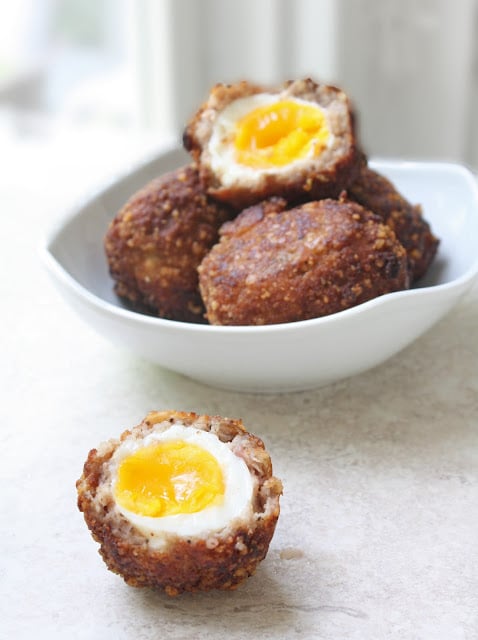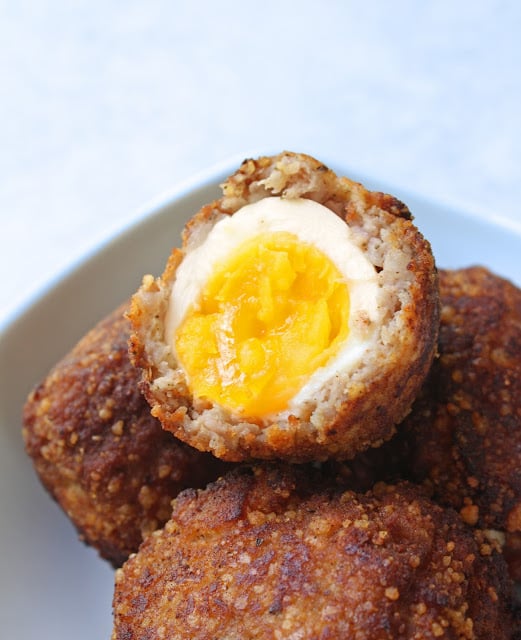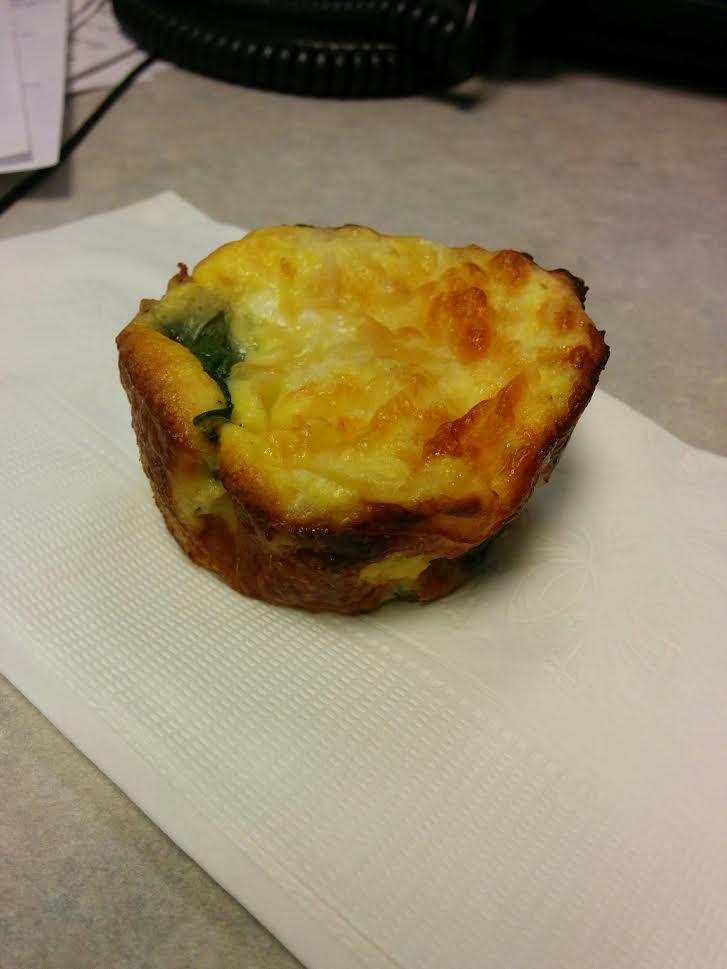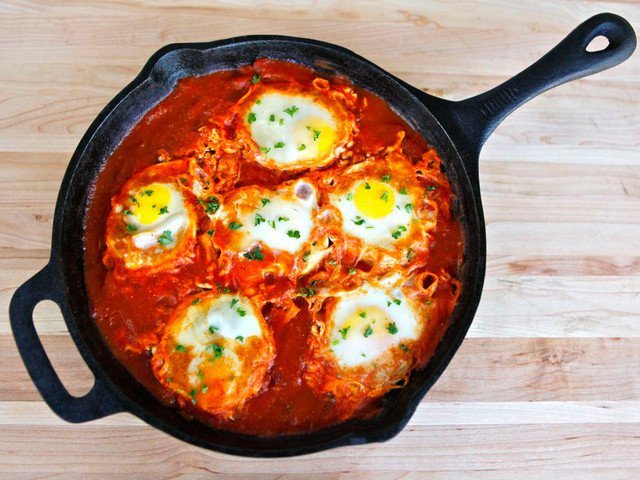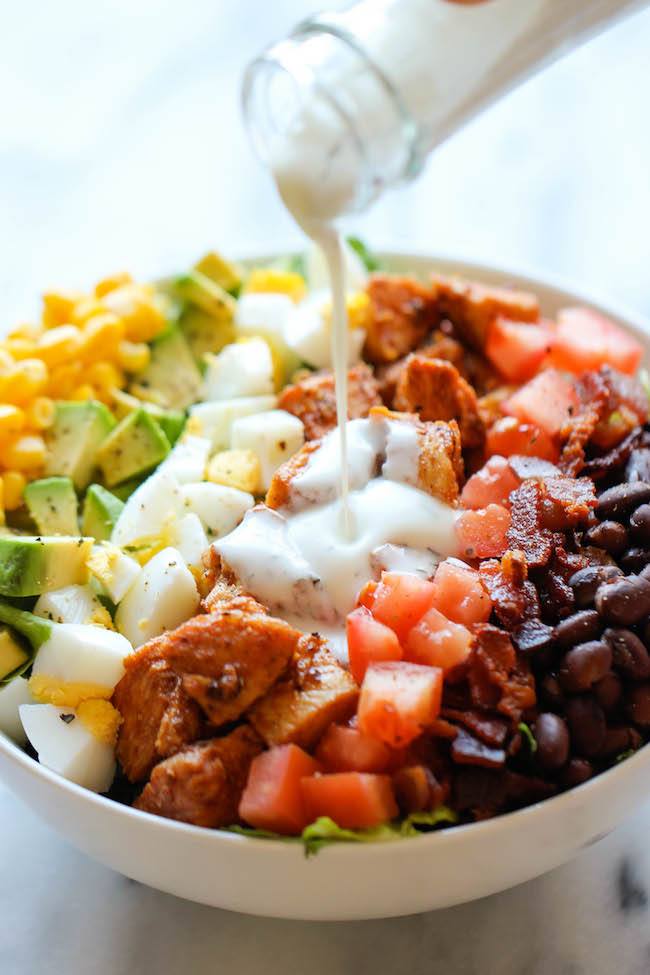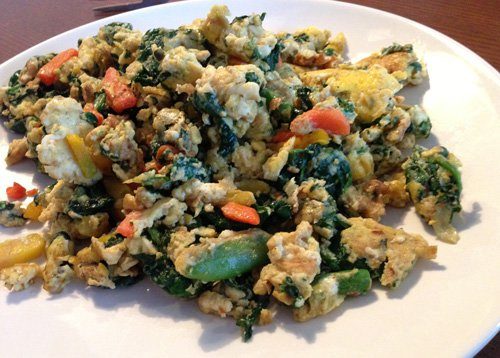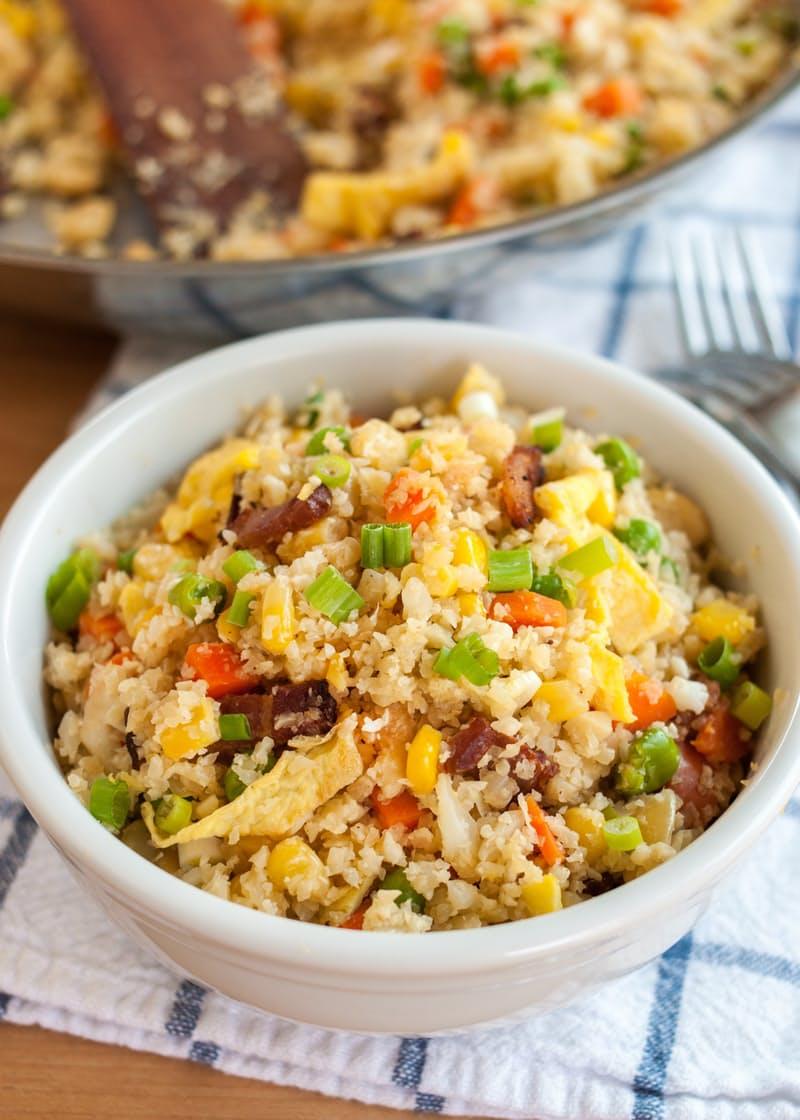1 Testosterone Hi Tech Reviews

Cyclosome delivery system
Addition of 6,7 Dihydroxybergamottin for prolonged effect
1-Testosterone is dosed a third less than in 2013 study
Kidney and liver impairing side effects
Bottom Line
1-Testosterone is a powerful anabolic stimulator that utilizes the only testosteroneprohormone legally available on the U.S. market.
It has been shown to dramatically boost both muscle and strength in as little as four weeks.
Hi-Tech 1-Testosterone utilizes the Cyclosome delivery system to ensure maximum absorption.
It also includes 6,7 Dihydroxybergamottin for extended uptake.
This is one of the most powerful legal prohormones that we have encountered.
Usediscount code FITFREK
You're here to make gains and you're willing to go all the way right?
But you probably don't want to take steroids or anything of that extreme.
Luckily for you, you have a number of supplements to choose from and this one is 1-Testosterone by Hi-Tech Pharmaceuticals.
In 2014, the then President Obama outlawed the sale of prohormones in the United States.
The reaction of those who were making millions off the sale of these chemical hormone precursors was to make adaptations to their products so that they passed the legal requirement.
Hi-Tech Pharmaceuticals is a company that makes products that push the boundaries.
They challenge the status quo and, more than often, bringing out products that are game changers.
They strive to find a way to circumvent the regulations to produce products that are legal.
The first thing that the Hi-Tech Pharma guys did was to create a new delivery technology which allows for a much higher level of bioavailability, providing the prohormone at lower doses but with more effectiveness.

They then created a two-step conversion process to get to 1-testosterone, which is also known as 1-andro.
Hi-Tech Pharma then set about creating a version of their prohormone that was going to meet the requirements of advanced, hardcore bodybuilders.
These guys aren't interested in minimal effects – they are after true steroid-like gains.
What they came out with is1-Testosterone and it is one of the hardcore 1-DHEA supplements out there today.
Look at what's included…
- 110 mg 1-Andro
- Cyclosome Technology
- Suitable for advanced bodybuilders who are bulking
- Use on an 8-week off / four-week on cycle
Hi-Tech 1-Testosterone Ingredients

1-Androstene-3b-ol-17-one
How 1-Androstene-3b-ol-17-one Works
Dosage: Is It Enough?
The only study that has ever been carried out on 1-Andro had subjects on a dose of 330 mg per day.
This resulted in an average gain of 8.8 pounds of lean muscle in just four weeks.
This was delivered as three daily doses of 110 mg.
However, the label recommendations on this product tell you to take a maximum of two 110 mg tablets per day.
This only provides you with two thirds the dosage of that were used in the study.
Of course, nothing stops you from using 3 tablets per day, but you will be going beyond the manufacturer's guidelines if you do.
It should be noted that this product benefits from Hi-Tech's Cyclosome delivery system, which allows for better absorption.
This may make 2 tablets as effective as the three tablets used during the study.
What Can Andro-1 Do And Are There Side Effects?

As mentioned, this product has been studied under legitimate scientific laboratory conditions.
The study was conducted out of Texas A&M University in 2013.
Unlike many studies, the subjects were all trained athletes – 17 men between the ages of 18-35.
They each took a dosage of 330 mg of Andro-1, spread out over 3 110 mg doses.
They took the supplement for a total of 4 weeks.
The results were outstanding.
The overall level of muscle mass was increased, with the average lean mass going from 74 to 78.5 pounds.
The increase in strength levels was even more impressive, with the average squat going from 365 to 405 pounds – remember that is in just 4 weeks!
In comparison, the placebo group lost weight, but added just a small amount of muscle.
The study did also record some side effects.
There was an elevation in fatty acid levels as well as impaired liver and kidney functioning.
However, the fatty acid levels returned back to normal once the subjects stopped using Andro-1.
The study subjects who were using Andro-1 also reported feelings of lethargy and a loss of libido.
On Cycle / Post Cycle Requirements
6,7 Dihydroxybergamottin (50mg)
6,7 Dihydroxybergamottin is a compound found in grapefruit extract.
It has been shown to break down the metabolism of steroids and other drugs.

This effectively allows the Andro-1 to stay in your system for longer which results in a greater anabolic effect and for a longer period of time.
This compound was used in the 2013 Texas A&M study at the same dose as used in 1-Testosterone.
Cyclosome Delivery System = phosphatidylcholine 75% / hydroxypropyl beta cyclodextrin (HPβCD).
Hi Tech Pharma's Andro-1 goes a step beyond the compound that was used in the 2013 study by incorporating its patented Cyclosome Delivery System.
A lot of anabolic ingredients have a hard time being absorbed into the bloodstream by the small intestine. In fact, DHEA has just a 3-6% oral availability.
To overcome this problem, Cyclosome uses sugar and fats to bind to the compound in order to hugely boost its bioavailability.
The compounds used are cyclodextrin and liposomes.
Cyclodextrin (Starch Sugar)
Liposome For Increased Absorption
Dosage/ how to take/ off book approach
What To Stack With 1-Testosterone
Do I Need A PCT? (Post Cycle Supplement)
Who Can Take 1-Testosterone?
Should This Be Your First Prohormone?
What To Take For Beginners
What Prohormones can be stacked with 1-testosterone?
What's The Best Diet And Training While On Cycle?
Protein: The Muscle Builder
Protein: The Muscle Builder
Dosage/ how to take/ off book approach

Key Facts of Protein
Training for Size
Best Exercises To Do While Bulking On 1-Testosterone
Recommended Supplements:
Creatine
BCAA's
Optimum Nutrition BCAA Supplement
The Best Protein Powder for Building Muscle and Losing Weight

Supplement Side Effects
Final Words
Ready To Make Gains With 1-Testosterone?
Forged by the iron and cold steel, Nader takes his knowledge and hulks it up into this site.
Having to be stuck as a 110lb skinny guy in the early days, he has had no choice but to keep improving himself until he cannot.
Click here to check out his 12 year transformation: Natural 12 Year Transformation
1 Testosterone Hi Tech Reviews
Source: https://fitfrek.com/hi-tech-1-testosterone/







